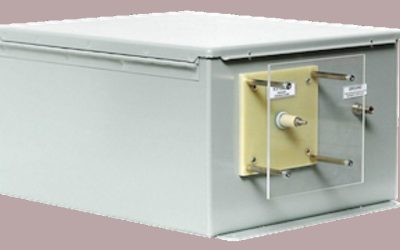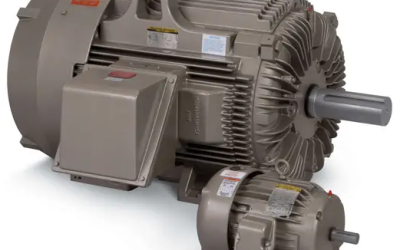While a pressure transducer is not the most costly component of any system, it maybe be one of the most critical. Selecting the wrong sizes or types of pressure transducer will lead to inaccuracies, incorrect data collection and potentially risk the safe operation of a system when pressures are not managed correctly.
Absolute pressure is the measurement in relation to a vacuum, which means that it will use absolute zero as a reference point for the transducer. This is created by sealing a vacuum on the back side of the sensing diaphragm. This is the way that a barometer works, comparing the actual atmospheric pressure against vacuum to see if it is increasing or decreasing.
The most common use of an absolute pressure transducer is to test sealed systems. This is because there is no need to be concerned with changes in the atmospheric pressure in the reading. The pressure in a sealed system should be constant with reference to the vacuum. Changes in the pressure with the absolute pressure transducer would indicate a leak or compromise in the system.
Accuracy
With any type of transducer, the accuracy or the full-scale output (FSO) error will need to be considered. This typically represented as a plus or minus percentage, and it can be extremely small for very high accuracy types of measurement requirements.
Environment and Use
In general, an absolute pressure transducer is a very rugged and durable type of transmitter that can be used in more extreme environments. This can include in environments that may be wet or humid, as may be found in processing and manufacturing systems.
Additionally, these are a good option when the pressure measurement has to be completed in a corrosive environment. The specific size, pressure range measurement capacity and other factors will also be essential considerations in any application.








